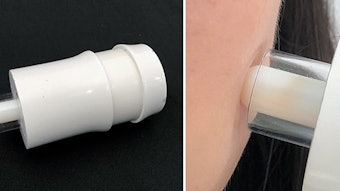Sensory properties in skin care formulations are produced mainly by emollients, rheology modifiers, emulsifiers and humectants. Emollient esters are cosmetic ingredients that help maintain skin’s softness and plasticity, form semi-occlusive films for moisturizing benefits, reduce the itching sensation often present in dry skin, and improve the appearance of the stratum corneum. As components of cosmetic formulations, emollient esters act mainly as moisturizers, plasticizers and tactile modifiers when applied to skin.1, 2
In skin care emulsions, emollients are generally used at levels between 3–20% w/w, representing the second major ingredient after water. This use level varies depending upon several parameters including the oil phase composition, level of emulsifier blend, compatibility between ingredients, desired after feel, and the type, use level and solubility of UV filter in the ester (for sunscreens). Therefore, emollients play a major role in influencing the skin feel of formulations.3
Based on their chemical structures, emollients can be categorized as esters, hydrocarbons, glycerides, ethers, fatty alcohols and silicone derivatives. When formulating cosmetics, the product developer’s choice of emollient depends on several important factors such as chemical structure, polarity, molecular weight, spreading attributes, viscosity, solubility, contact angle and surface tension.4










